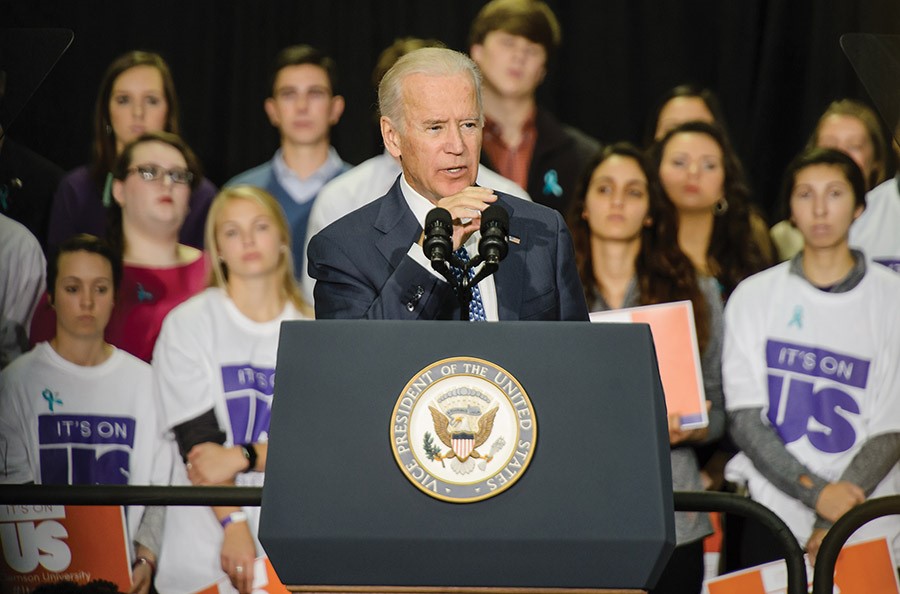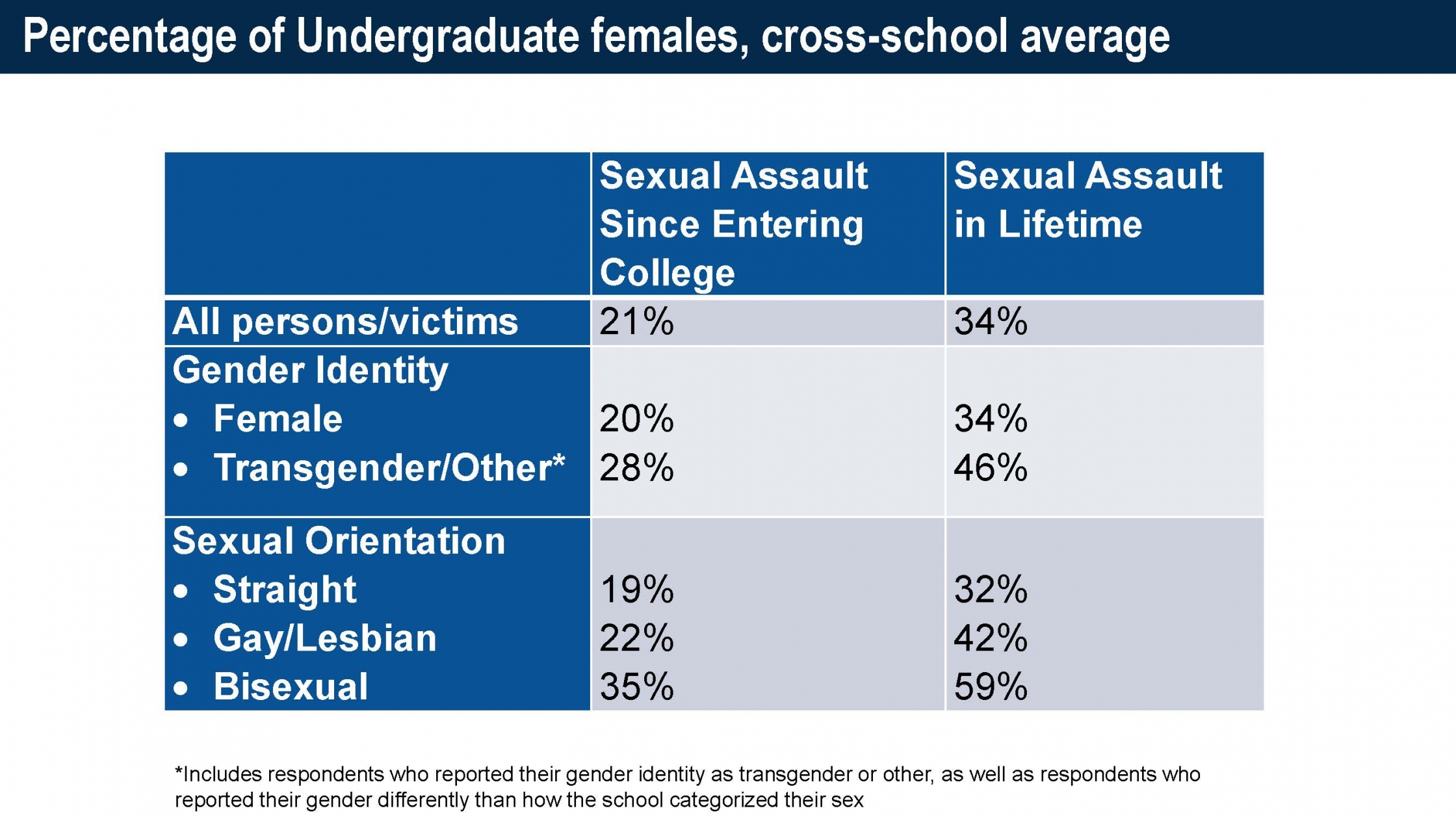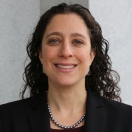
The Department of Education has made clear that colleges and universities have a legal and moral obligation to protect their students on their campuses.Vice President Joe Biden at the University of Pittsburgh
Across the country, colleges and universities are prioritizing school safety by developing programs to prevent and respond to sexual assault, both on and off their campuses. Studies consistently show that 1 in 5 women are victims of sexual assault while in college in the United States, so the stakes couldn’t be higher.
Last month I participated, alongside colleagues from the Centers for Disease Control, Department of Education, and Department of Justice, in the National Center for Campus Public Safety’s (NCCPS) training on Trauma-Informed Sexual Assault Investigation and Adjudication, developed in response to a call to action from the White House Task Force to Protect Students from Sexual Assault.
In my conference remarks, I walked participants through the mission and work products of the White House Task Force to Protect Students from Sexual Assault. In this blog post, I will do the same.
Established by the President in 2014, the Task Force produced Not Alone, a report on Federal activities and resources to address campus sexual assault. After 27 listening sessions with stakeholders across the country, the report provided recommendations for schools to prevent and respond to sexual assault. Through this process, the Task Force charged NCCPS with developing a curriculum on trauma-informed sexual assault investigations and adjudications. The NCCPS curriculum and other Task Force deliverables offer trauma-informed resources and best practices for schools to implement effective sexual assault misconduct policies and promote safe and healthy environments for students to grow and learn.

In addition to these resources, we have also developed a student mobilization campaign. In September 2014, President Obama and Vice President Biden unveiled It’s On Us, a campaign to engage all college students, and especially young men and bystanders, in preventing sexual assault. This campaign grew out of meetings convened by the Vice President with sports leagues, media, college-age groups, and others to identify messaging that would resonate with millennials. “Get men involved” was the overwhelming message heard. And so the It’s On Us campaign was born as a rallying cry to reframe the conversation surrounding sexual assault, with the goal of inspiring everyone to see it as their responsibility to do something, big or small, to prevent sexual assault. Since its inception, It’s On Us has engaged approximately 600 colleges and universities, and nearly 350,000 people have signed the It’s On Us Pledge, committing to standing up against sexual assault.

Over the past two years, the White House Task Force to Protect Students from Sexual Assault and its component federal agencies have produced guidance, model policies and procedures, training and technical assistance resources, funding opportunities, and public messaging materials concerning sexual assault in educational spaces. Many of these resources can be found in our 2015 Resource Guide, and include:
Prevention Tools
- STOP SV: A Technical Package to Prevent Sexual Violence, from the Centers for Disease Control (CDC), contains strategies based on the best available evidence to help communities sharpen their focus on prevention activities that have the greatest chance of reducing sexual violence. While this resource does not focus specifically on the campus space, it has many useful tools relevant for colleges and universities.
- The Safe Place resource kit, a collection of guides and online trainings for college campus health staff caring for students who have experienced sexual assault and other trauma, which was developed by the Department of Education (ED)’s Office of Safe and Healthy Students.
Training & Technical Assistance
- Changing our Campus Culture: Online Technical Assistance on addressing sexual assault, domestic violence, dating violence, and stalking. The Center for Changing our Campus Culture is funded by the DOJ Office on Violence Against Women and serves as a clearinghouse on campus safety. It houses the latest research, sample campus policies, protocols, and best practices and how to access training and technical assistance.
Sexual Misconduct Policies and Procedures
- A Sexual Misconduct Policies and Procedures checklist
- Sample Language
- Prohibited conduct for a sexual misconduct policy.
- Informing Students about Campus Policies and Resources: How They Get the Message Matters – a research study on ways to inform students about campus policies and procedures.
Community Partnerships and Memoranda of Understanding
- Partnerships with community stakeholders are critical. The Task Force created sample memoranda of understanding with local law enforcement and local rape crisis centers.
Resource Guide for Title IX coordinators
- Sample language for a Title IX Coordinator’s role. The guide contains Title IX administrative requirements as well and how to apply Title IX to various circumstances, such as athletics, sexual harassment, and single sex education. It contains links to all the resources necessary to support the work and activities of the Title IX coordinator, including Dear Colleague Letters and fact sheets that have been issued to clarify and interpret the guidance.
Campus Climate Surveys
- The Campus Climate Survey Validation Study (CCSVS), developed by the Department of Justice, is a landmark study that provides data on prevalence of sexual harassment and sexual assault victimization on nine college/university campuses. As I wrote in a previous blog post, the CCSVS results affirmed and expanded our understanding of what we know about campus sexual assault. It showed us that while on average, 21% of female students surveyed had experienced a completed sexual assault since entering college, rates at each of the nine schools varied significantly, from 12% to 38%. This validates the importance of schools developing their own school-specific responses according to the unique aspects of their demographics and culture. The survey instrument and methodology are now freely available for use and adaptation by any school.

Campus Police Resources
- The University of Texas School of Social Work’s “Blueprint for Campus Police: Responding to Sexual Assault” offers a roadmap for campus law enforcement departments seeking to improve their response to sexual assault. The Blueprint provides police with science and translation tools, and addresses the neurobiology of trauma; the role of drugs and alcohol; false allegations; forensic interviewing; and the intersection of sexual assault, dating, domestic violence and intimate partner violence.
Campus Safety and Security Data Analysis Cutting Tool
- A Campus Safety and Security Data Analysis Cutting Tool from the Department of Education’s Office of Postsecondary Education is designed to provide rapid, customized reports for public inquiries relating to campus crime and fire data under the Clery Act.
The NCCPS Trauma-Informed Sexual Assault Investigation and Adjudication curriculum builds on a meaningful foundation of knowledge and practice that the Obama-Biden Administration has established – bringing the importance of preventing and responding to sexual assault to the forefront. As schools gear up for the next school year, I look forward to seeing how the training and techniques presented in this training are adopted and utilized in different college environments, to ensure safety for all.
###
Additional Resources:
- For technical assistance with developing campus climate surveys, send an email to the Department of Justice’s Office on Violence Against Women: ovw.campus.surveys@usdoj.gov
- For questions on national policy related to Title IX, email the Department of Education, Office for Civil Rights headquarters office in Washington D.C.: OCR@ed.gov or call 800-421-3481, TDD: 800-877-8339
- For technical assistance on a problem or assistance to prevent civil rights problems, contact the Department of Education, Office for Civil Rights enforcement offices. To locate the contact information for the OCR office serving your state or territory please visit: https://wdcrobcolp01.ed.gov/CFAPPS/OCR/contactus.cfm.


